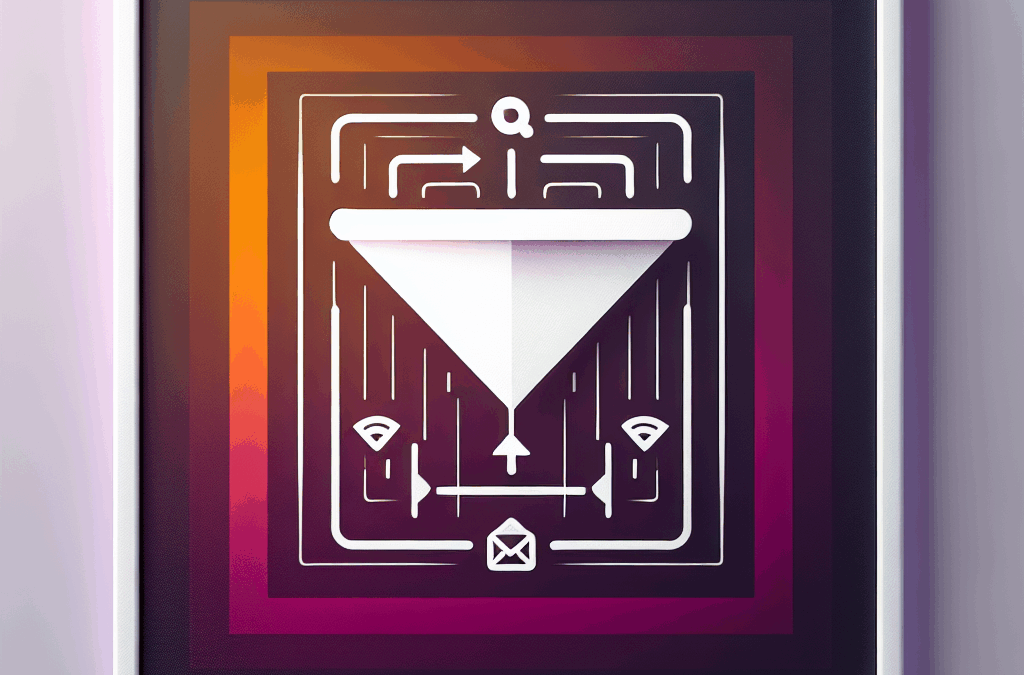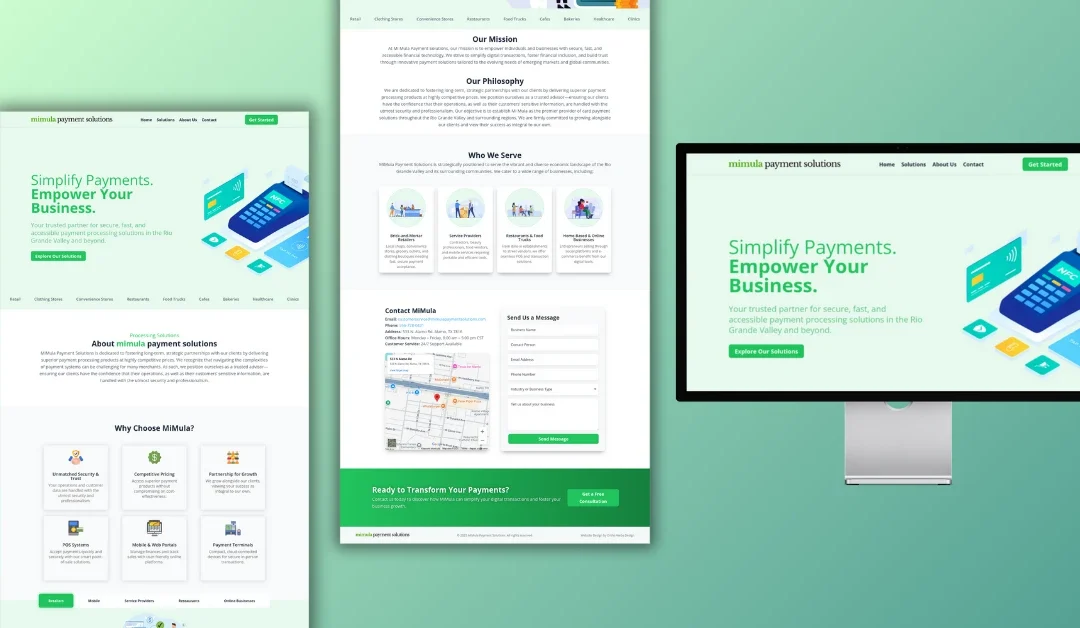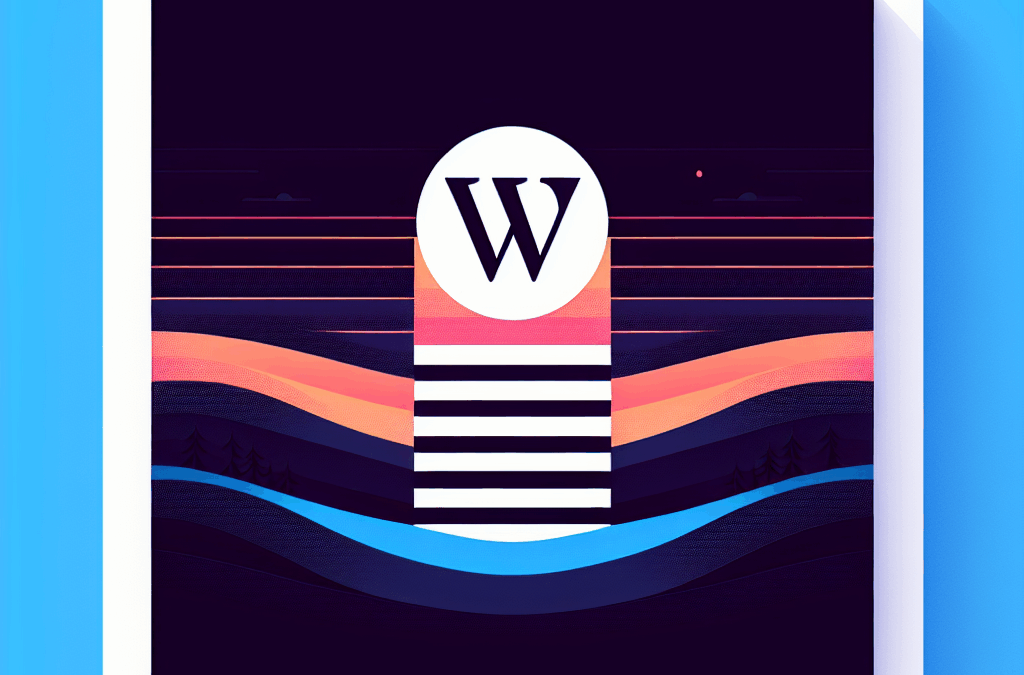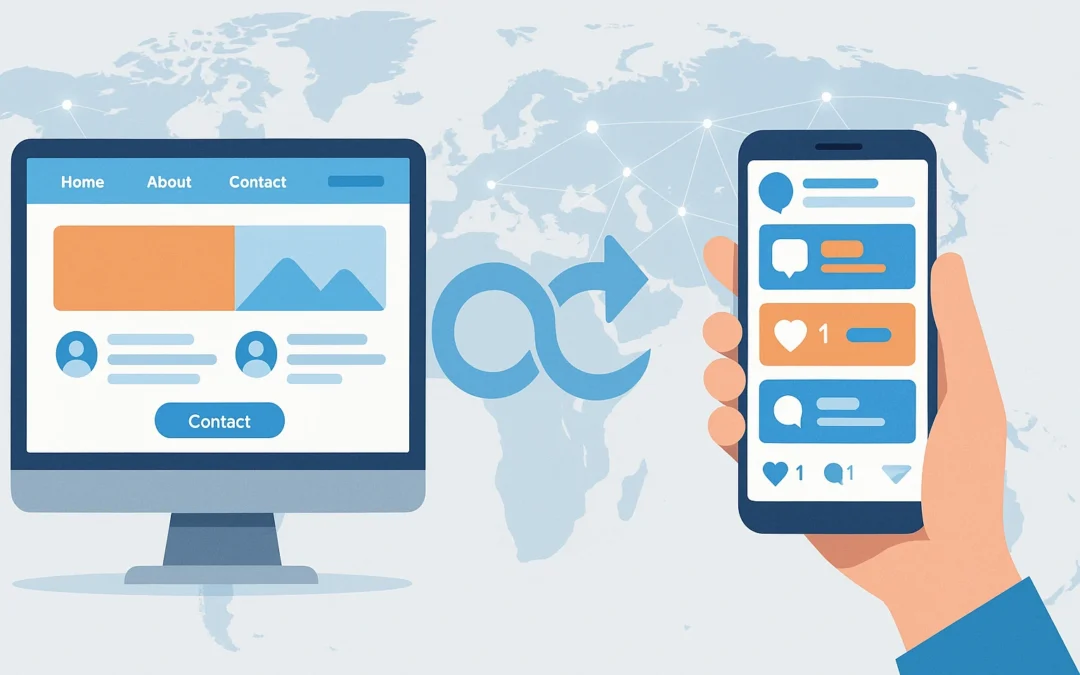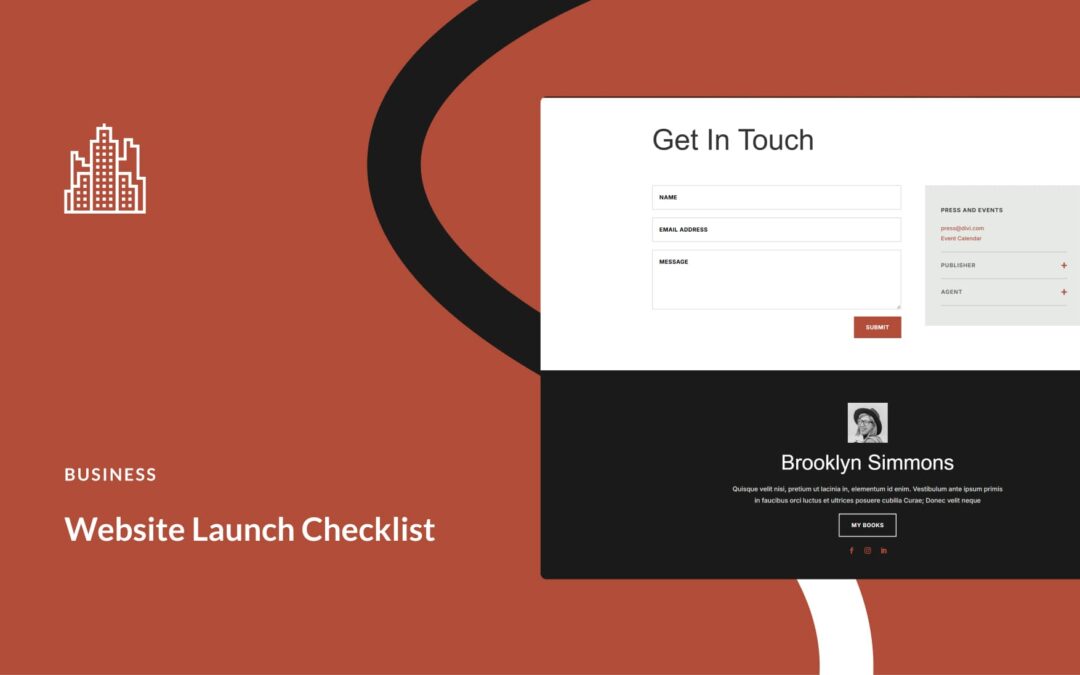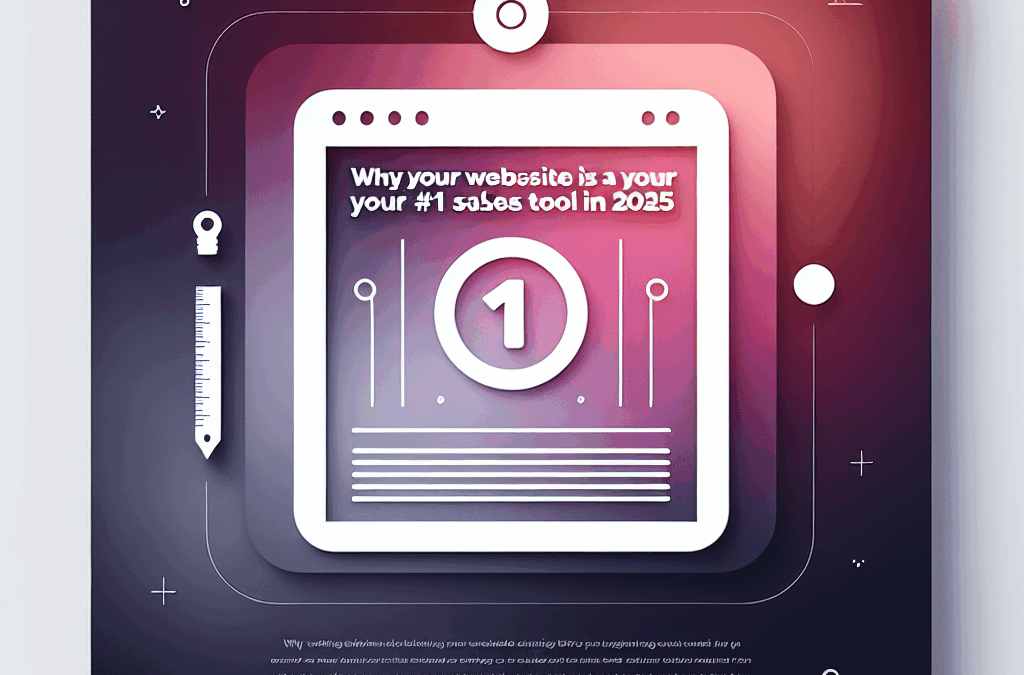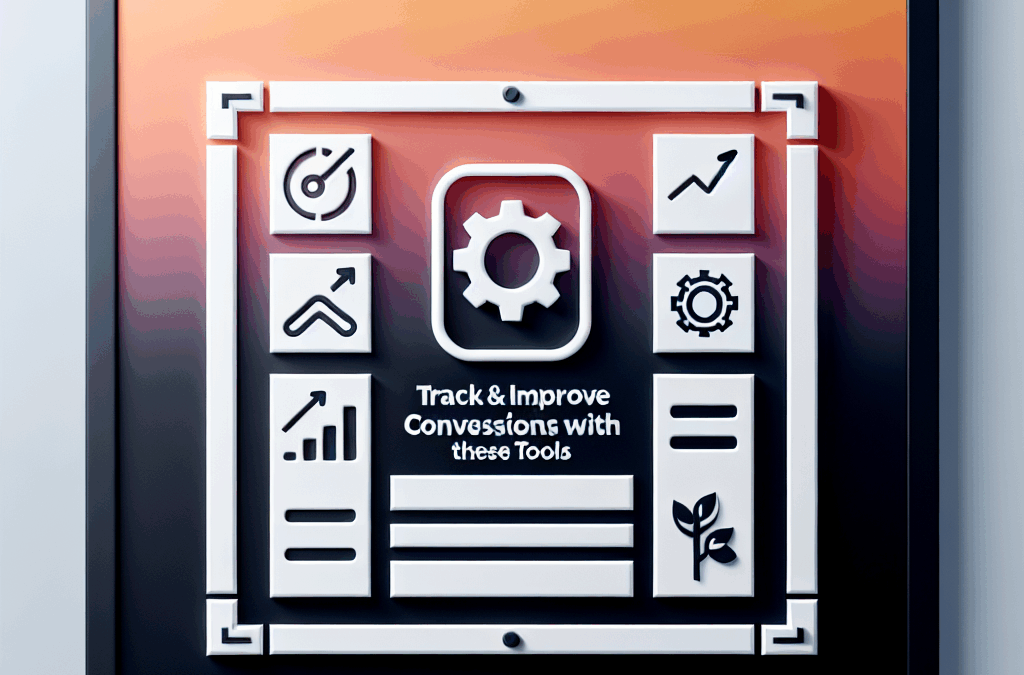How to Avoid Pricing Mistakes That Could Hurt Your Business
Ever found yourself choosing prices for your products like you were playing a game of darts—just hoping to hit the bullseye? If so, you’re not alone! Many small business owners, especially those in the vibrant South Texas scene like McAllen, often feel lost when navigating pricing strategies. The truth is, throwing random prices against the wall can lead to major headaches down the line.
Let’s chat about some common pricing pitfalls you can dodge to ensure your business not only survives but thrives.
1. Stop the Race to the Bottom
You might be tempted to think that pricing lower than your competitors is the best way to attract customers, pero piénsalo bien. This "underpricing" strategy can make your offerings seem cheap—not in a good way. Instead of focusing solely on price, shift your mindset to value. How does your product or service solve a problem for your customers? Highlight that value instead of just cutting prices.
2. Know Your Customers, Segmentar es Clave
Did you know that your customers aren’t just one big, homogenous group? Nah, they come with different needs and expectations. For example, if you offer multiple services, segmenting your customers can help you tailor your pricing accordingly. Know who’s buying from you and what they value. This info will be your golden ticket to refining your pricing strategy and boosting your revenue.
3. Test Different Price Points
Many business owners underestimate the power of price variation. Have you ever considered that higher-end buyers might be willing to spend more? Research shows that just adding one or two higher price points could actually increase sales. So don’t hesitate to craft multiple options to see what resonates.
4. Simplify Your Pricing Presentation
Cuando se trata de precios, less is more. Research from the Journal of Consumer Psychology suggests that prices that sound complicated can actually make customers feel like they’re higher than they are. So ditch the unnecessary commas and decimals. A straightforward "$2500" feels a lot better than "$2,500.00" to your customers.
5. Focus on Experience, Not Just Costs
Ever notice how a beer commercial emphasizes "Miller Time" rather than "Miller’s low prices"? Well, that’s on purpose. People respond more to experiences than hard savings. Use this insight to your advantage. Think about how your products or services enrich your customers’ lives and focus on that narrative.
6. Keep Your Prices Flexible
The world is changing fast, and so are customer expectations. If your competitors are adjusting their prices due to changing conditions, you should too. Sticking to stiff pricing might leave you stuck in the past. Keeping an eye on market trends will help you stay ahead of your game.
7. Don’t Generalize Your Profit Margins
Assuming all your products can share the same profit margin is a trap many business owners fall into. Just because one product is popular doesn’t mean another will perform the same way. Each product serves a different market and customer base; therefore, you should consider flexible pricing strategies that make sense for each individual item.
8. Context is Everything
Did you know that context can influence how much customers are willing to pay? Research shows that customers are more inclined to pay higher prices when they perceive a sense of luxury or quality. Whether you sell beer or a service, consider how the context of your offering can elevate its value.
9. Watch for Competitor Reactions
When you change your pricing strategy, you can bet your competitors will take notice. Understanding how they might react to your price changes is crucial for your long-term success. If you adjust your prices, anticipate how they’ll respond. A savvy business owner needs to stay one step ahead.
10. Align Pricing with Your Business Goals
Quick, unconsidered price changes can lead to chaos. Your pricing strategy must align with broader business objectives. What are you hoping to achieve—more brand awareness, market penetration, or simply closing more sales? Consider these goals before you set your pricing in stone.
How to Spot a Pricing Mistake
Identifying mistakes in your pricing strategy may not always be clear-cut. Maybe sales are sluggish, or perhaps a competitor is outselling you at a price point that once felt solid. Either way, it’s time for a reevaluation. Look for signs like dwindling sales or a sudden dip at a specific price point. Remember, the market is always shifting, and staying adaptable is key.
Ultimately, pricing your product or service isn’t always straightforward, especially in competitive fields like marketing, services, and web design. If you’re ready to take charge of your pricing, don’t hesitate to connect with experts who understand your local market.
Ready to upgrade your pricing strategy and online game? Hit us up at Ericks Web Design — we’re here to help you get those leads rolling in!
Source:
https://blog.hubspot.com/sales/7-pricing-mistakes-that-can-seriously-stifle-sales


